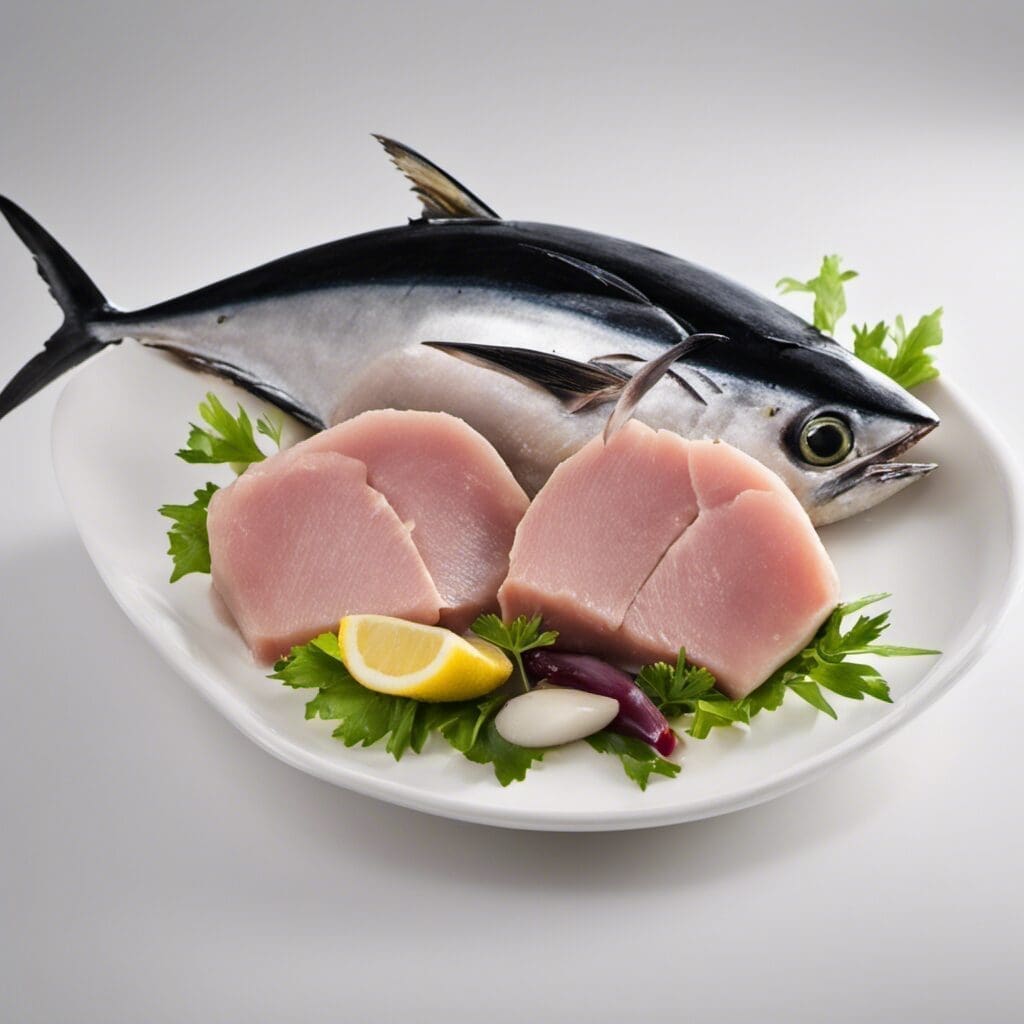Introduction
The Albacore Tuna (Thunnus alalunga), also known as longfin tuna, is a member of the mackerel family Scombridae.
Conservation Status
Currently, the International Union for Conservation of Nature (IUCN) lists the Albacore Tuna as a species of Least Concern (LC). Conservation efforts to regulate fishing and maintain the population levels are being undertaken by multiple international bodies including the International Commission for the Conservation of Atlantic Tunas (ICCAT) and the Inter-American Tropical Tuna Commission (IATTC).
Statistics
| Parameter | Average | Range |
|---|---|---|
| Length | 1 m | 0.6 – 1.4 m |
| Weight | 15 kg | 5 – 40 kg |
| Lifespan | 11 years | 5 – 15 years |
| Sexual maturity (Female) | 5 – 6 years | |
| Sexual maturity (Male) | 5 – 6 years |
Distribution
Albacore Tuna are found globally in tropical and temperate oceans, excluding the waters around the poles. They are known to migrate across the Pacific, Atlantic, and Indian Oceans.
Habitats
They generally prefer warm, temperate waters and can be found at depths between the surface and 600 meters deep. Temperature ranges for their habitat range from 12 to 20 °C, with an optimal temperature around 15 °C.
When and Where to See
Seasonal patterns for sighting Albacore Tuna mainly depend on seawater temperature changes, and they are most common during the warmer months. They are most active during the day.
Best Fishing Locations
Albacore Tuna are most commonly caught off the coasts of New Zealand, Eastern Australia, California, and the Pacific Northwest. They can also be found in the Bay of Biscay, the Atlantic waters off Ireland, and the Azores. Standard fishing techniques include trolling with lures or live bait and longline fishing.
How to Catch
The most productive lures are feathered jigs, cedar plugs and daisy chains. The time of year best for fishing corresponds with the summer months when temperatures are warmest. Most techniques utilize trolling or longline fishing.
Identification Guide
Physical characteristics of the Albacore Tuna include a streamlined, torpedo-shaped body with a deep blue color on top transitioning to silver on the sides and belly. Unlike other tuna species, their pectoral fins are noticeably longer, reaching beyond the start of the second dorsal fin.
Culinary
Albacore Tuna is a popular choice for canning due to its firm texture and mild flavor. It can be grilled, baked, or seared, and is rich in protein, vitamins, and Omega-3 fatty acids. Popular recipes include Tuna Steaks and Tuna Salad.
Additional Information
This species is mainly an opportunistic feeder, consuming a diet of squid, crustaceans, and smaller fish. Threats come primarily from overfishing and climate change. The Albacore Tuna holds economic significance worldwide due to its popularity as a food source.
References and Further Reading
For more in-depth information, refer to the IUCN’s Albacore Tuna page, the NOAA Fisheries page, or FAO Species Catalogue page. For fishing tips and techniques, see the Sport Fishing Network.

